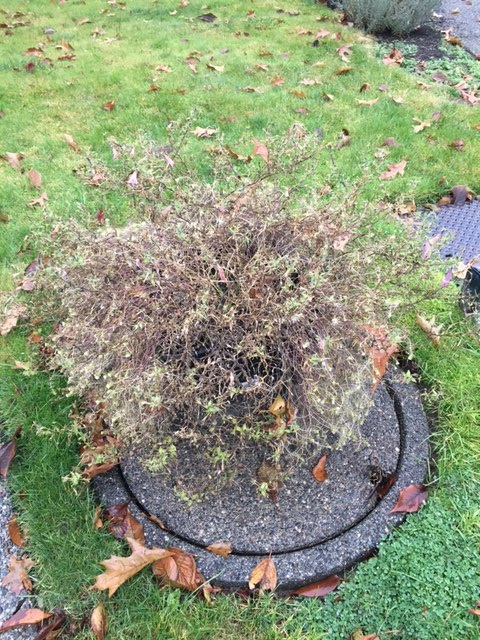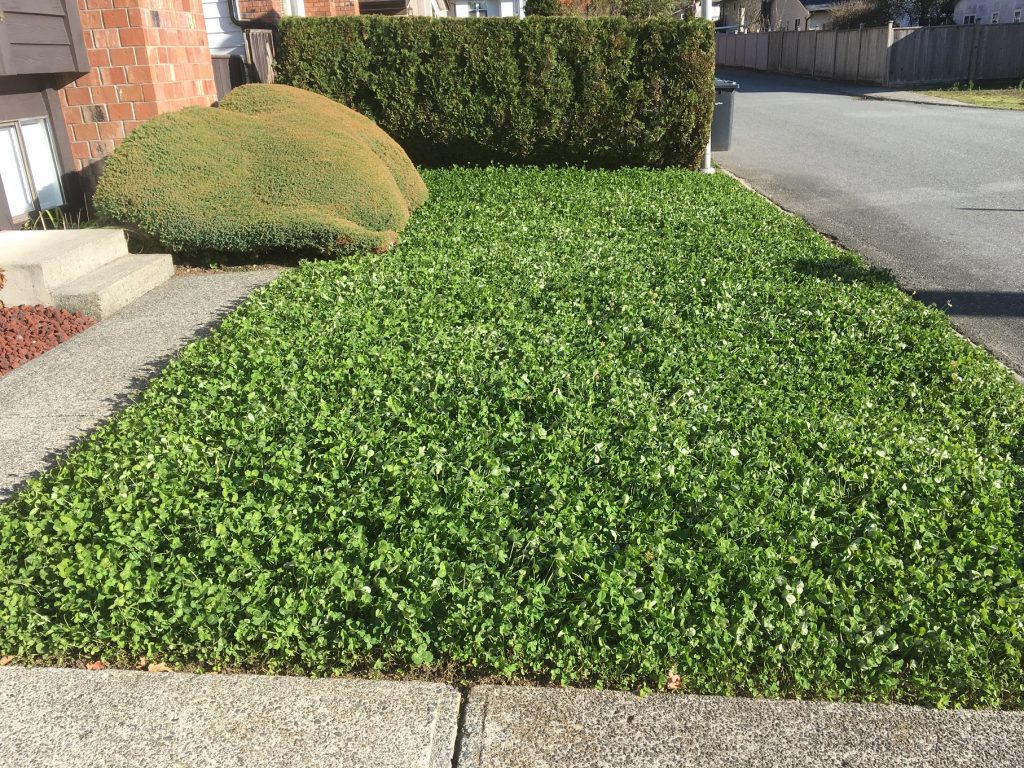PlantLife did it!
The PlantLife conservation group from the United Kingdom started #NoMowMay in 2019; and it’s a great idea because it makes us think about pollinators and how to help them thrive. We need pollinators for their free services and getting people to talk about them. The key idea is to stop mowing in May so dandelions can feed pollinators early in the season.
I first heard about #NoMowMay from a buddy who was totally frustrated about his strata council telling him to stop mowing in May. His work days start with lawn care all year so now he had to adjust his service. He was basically down to finesse and pruning work for all of May and it threw him off. I would be lying if I told you that my buddy was deeply concerned about dandelions and pollinators.
And then comes June
#NoMowMay sounds great but not if homeowners and condo landscapers struggle to get their lawns back up to shape in June. One problem with long, meadow-like lawns is that some weed species get easily established and may be difficult to eradicate later. Another problem is suddenly cutting your lawn low in June; back to its normal height. This stresses the lawn as it removes storage.
My buddy clearly struggled with his first regular mow in June. The grass was long and the cut required more effort, time and extra tarps. Don’t even get me started on the long faces his workers had.
Two alternatives
The Guelph Turfgrass Institute proposes two different ideas. One involves moving beyond turfgrass monocultures by adding mowing tolerant flowers such as crocus, creeping buttercup, English daisy or snowdrop.
Another idea is creating naturalized zones close or next to your lawn areas. You can let the naturalized area go wild and grow into a meadow that will support pollinators. As for your lawns, mowing every two weeks is the best way to support pollinators.
The future
We’ll see how the #NoMowMay idea evolves in the future. I love that it gets people talking and thinking about pollinators. We need their services and yet their numbers are declining. But we also have to consider the health of our lawns and their function. When homeowners struggle with their lawns in June, something is wrong. My buddy grumbled about dandelions but he survived the season. And I hope his long lawns helped pollinators get through the early part of the season.
Are you planning to mow your lawn next May?



























